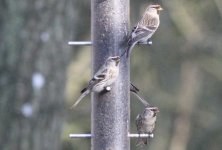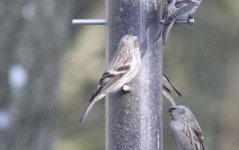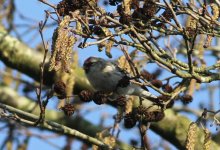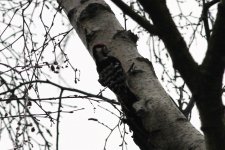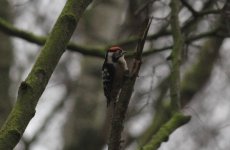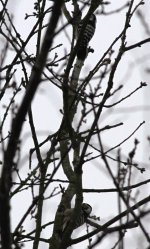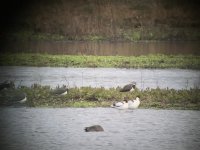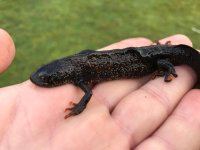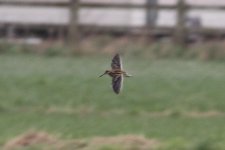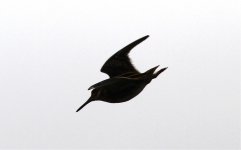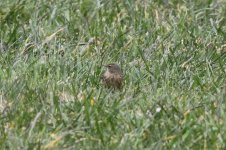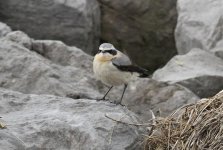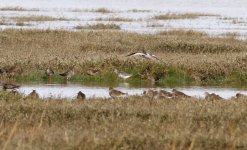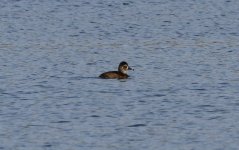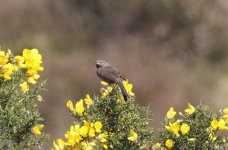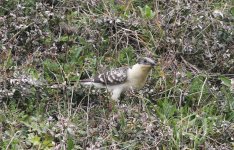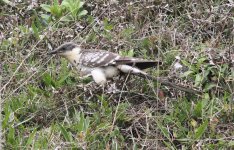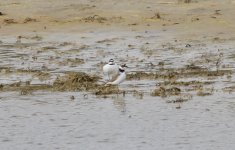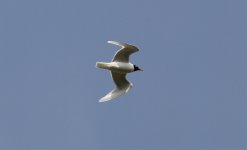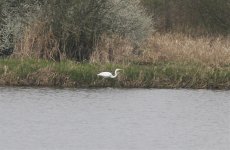Jonny721
Well-known member
Tuesday 12th February - Labrador Bay
I am down in Devon for the next couple of days for a training course with the Barn Owl Trust, which meant I could get an hours birding in this evening nearby after my drive down. The obvious choice was to search for Cirl Buntings, a species I have only seen once previously in the UK back in 2013, so I opted for Labrador Bay as this required only a minor detour.
I started off with a quick walk around the fields on the coastal side of the car park but failed to find any of my target species. A quick seawatch saw my first Gannets of the year passing distantly offshore but little else. Thankfully the stubble fields inland of the car park proved more fruitful and I located a flock of 10 buntings along one of the hedgerows which was comprised of 5 Cirl Buntings (4 males) and 5 Yellowhammer, allowing for great comparison between the females of both species. Again as it is a work trip phone-scoped record shots only.
155. Gannet
156. Cirl Bunting
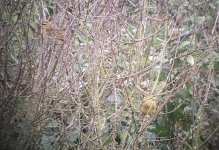
I am down in Devon for the next couple of days for a training course with the Barn Owl Trust, which meant I could get an hours birding in this evening nearby after my drive down. The obvious choice was to search for Cirl Buntings, a species I have only seen once previously in the UK back in 2013, so I opted for Labrador Bay as this required only a minor detour.
I started off with a quick walk around the fields on the coastal side of the car park but failed to find any of my target species. A quick seawatch saw my first Gannets of the year passing distantly offshore but little else. Thankfully the stubble fields inland of the car park proved more fruitful and I located a flock of 10 buntings along one of the hedgerows which was comprised of 5 Cirl Buntings (4 males) and 5 Yellowhammer, allowing for great comparison between the females of both species. Again as it is a work trip phone-scoped record shots only.
155. Gannet
156. Cirl Bunting





